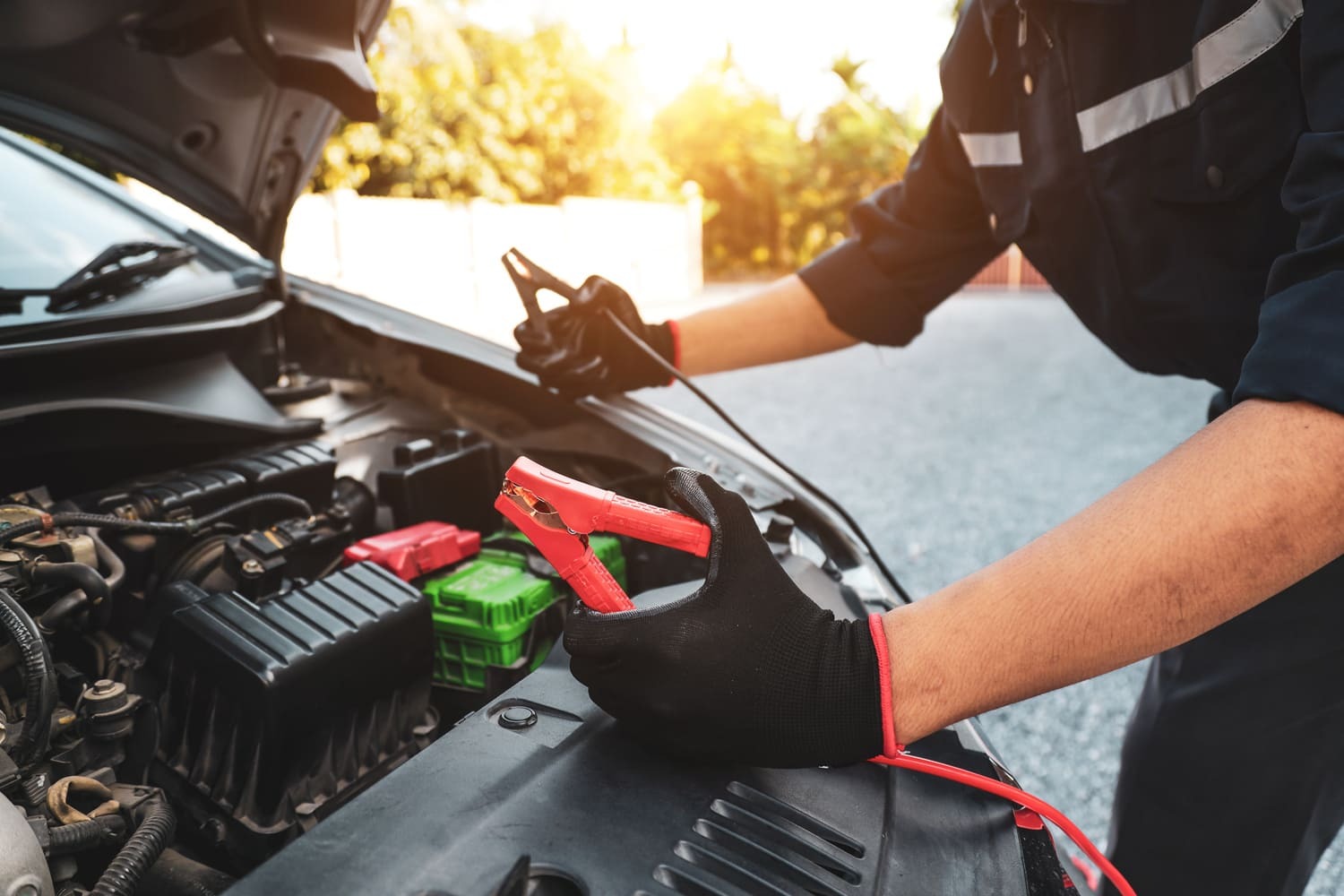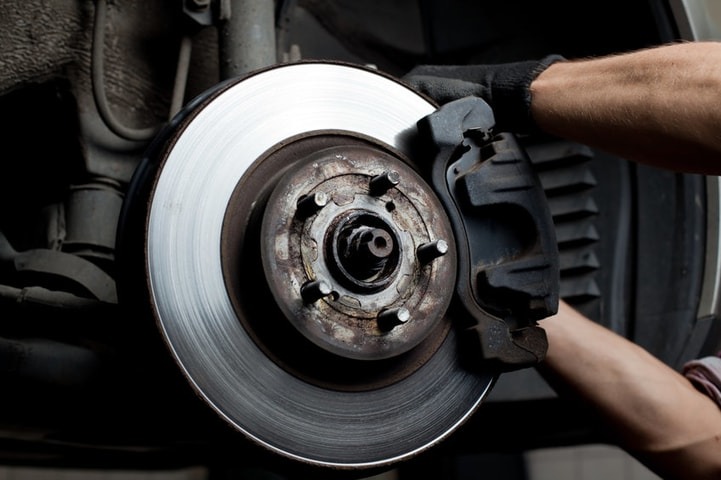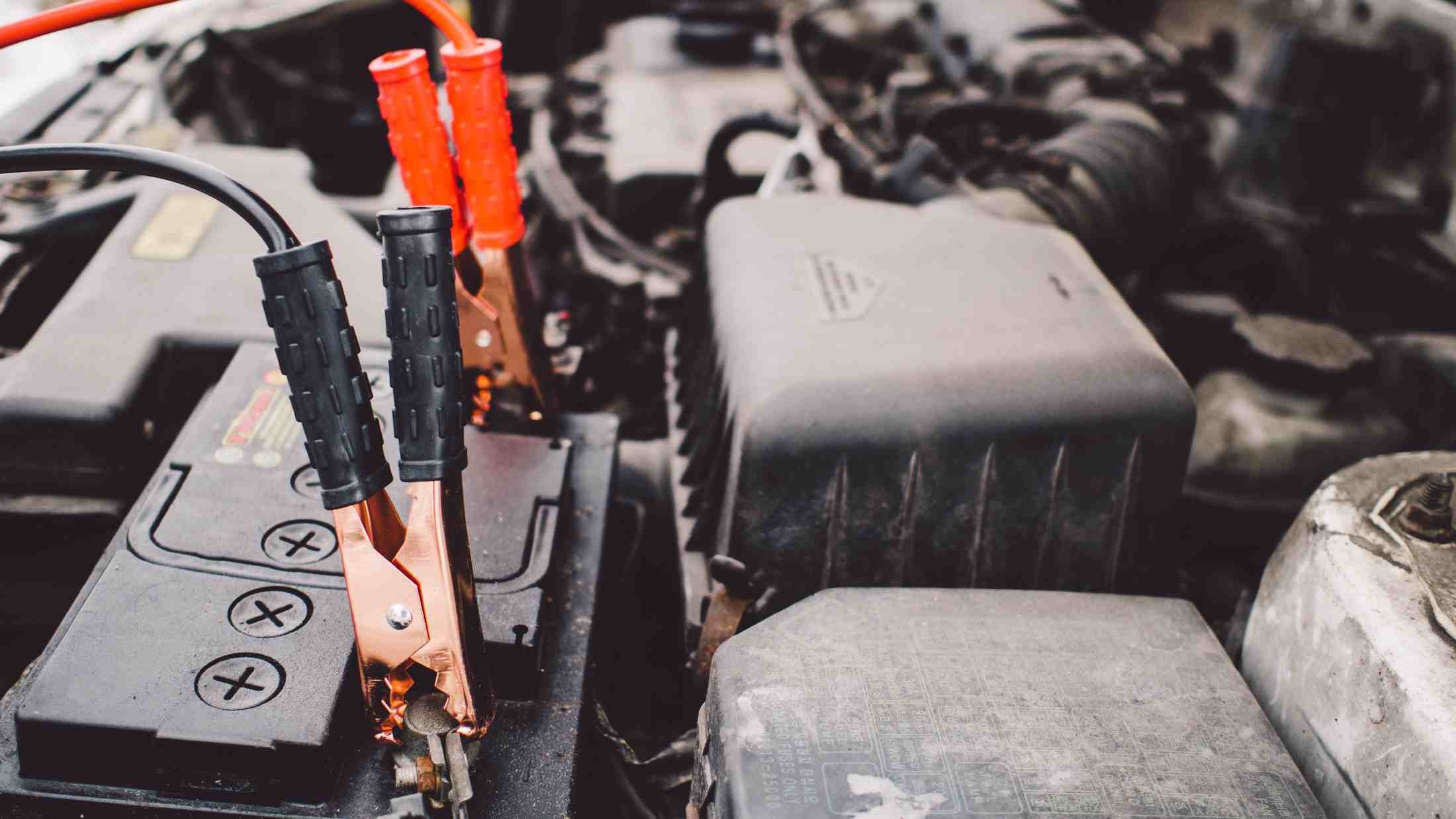Letting a car sit unused for long periods seems harmless, but inactivity can lead to several mechanical and electrical issues.
Fluids settle, batteries lose charge, tires deform, and seals dry out. Understanding the limits of safe storage helps prevent costly repairs and keeps the vehicle ready when needed.
If you recently secured a spare set of keys or plan to store your car for future use, prepare all systems properly in advance.
Learn more about dependable spare key solutions at https://mr-key.com/
Cars are designed to operate regularly. Even with newer models and advanced electronics, lack of motion causes several systems to degrade over time.
The timeline for potential damage depends on environmental factors, storage conditions, and vehicle age.
Within the First Two Weeks

Most modern cars can sit unused for about two weeks with minimal risk. During this period:
- Battery retains enough charge to start the engine
- Tires maintain shape and pressure
- Fluids remain in position without settling or contamination
- Seals stay moist and maintain their function
Cold weather or high humidity may shorten this window. Inactive batteries drain faster in low temperatures, especially in vehicles with security systems or dash cameras that stay active in standby mode.
After One Month
After 30 days without driving, problems start to develop:
- Battery voltage drops and may no longer crank the engine
- Tire flat spots begin forming due to static pressure
- Engine oil may separate or develop moisture
- Brake rotors may start to rust on the surface
- Fuel may begin to degrade depending on quality and ethanol content
Indoor storage slows these effects, but outdoor exposure accelerates them, especially during seasonal changes.
Beyond Two Months

After 60 days, internal components face growing stress from inactivity:
- Battery often fails completely
- Rubber hoses and belts begin to harden or crack
- Rodents may nest in engine bays or chew wiring
- Brake pads may seize against rotors
- Transmission fluid settles, increasing wear risk during startup
Vehicles left on the street or in public areas face a higher risk of vandalism, oxidation, and pest infestation.
Safe Long-Term Storage Preparation

To leave a car unused for longer than one month, take these precautions:
- Disconnect the battery or use a trickle charger
- Inflate tires to slightly above normal pressure
- Add fuel stabilizer to prevent breakdown
- Wash and wax exterior to protect paint
- Cover the vehicle to reduce dust and UV exposure
- Plug exhaust with a cloth to block small animals
- Place the car on jack stands if storing for several months
Starting the engine every two weeks for 10 to 15 minutes helps keep fluids circulating and maintains battery charge.
If driving is not possible, this light activity still preserves engine and system health.
Conclusion
A vehicle can sit unused for about two weeks with minimal risk, but longer periods require preparation.
After one month, the chance of battery failure and component wear increases. Safe storage involves proper care, monitoring, and occasional startup to prevent deterioration.
Attention to detail before and during the storage period makes it easier to bring the car back to full function later.







